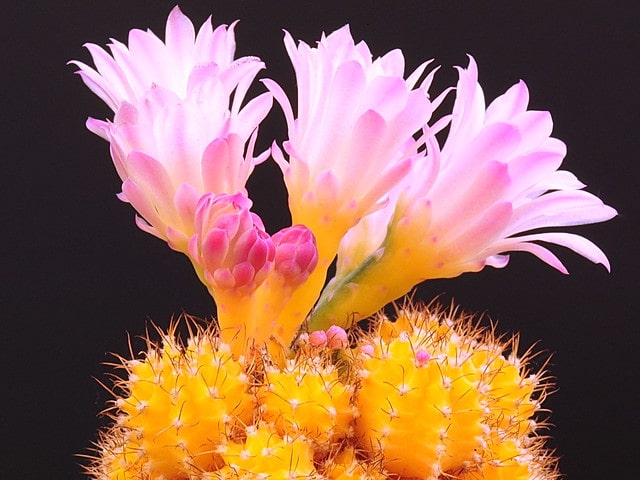
Grafted plants are interesting and many beginner gardeners wish to learn the basic techniques of grafting. The good news is that grafting is relatively easy to learn: with a bit of practice, anyone can become great at grafting. Grafting is good because it produces unique looking forms.
Cacti are ideal for grafting because they graft pretty easily. You will always be able to produce interesting forms because it's usually possible to graft any two cacti with a success. Cactus grafting is ideal for beginners who wish to learn basic techniques.
Grafting Terminology
Grafting is a science and technique of connecting two pieces of living plant tissue together in order to grow them as a single, composite plant.
- Rootstock (stock, understock): The lower part of the graft, which will become the base of the stem and the root system of the composite plant.
- Scion: The upper part of the graft. It's a short shoot with one (or more) buds that will develop in the most of the above ground part of the composite plant.
- Vascular Cambium: Meristematic cells found in association with the vascular tissues of stem. In order to perform successful grafting, it's important to place the vascular cambiums of the stock and scion in contact with each other.
- Budding: A type of grafting. It has a scion consisting of a single bud and a small section of bark.
Reasons for Grafting & History
There are numerous reasons why people choose to graft plants. Some gardeners want to perpetuate clones that don't propagate well by cuttings or other asexual propagation techniques. Others wish to change the cultivars of established plants by "topworking". Grafting can also be used to obtain benefits of certain rootstocks for pest and disease resistance, as well as heightened tolerance to bad growing conditions. Some people use grafting to produce special growth forms such as "standards" and weeping trees, or to repair damaged trunks of trees. It's also possible to use grafting to hasten the reproductive maturity and fruit production or to simply study plant development, physiological processes or viral diseases.
As you can see, there are many reasons why people might use grafting. It's also important to know that grafting has a long history. In fact, there is natural grafting and it occurs regularly in nature: branches and roots easily get grafted. We know that Chinese were grafting plants by 1560 BC. When it comes to Ancient Greece, Aristotle and Theophrastus wrote about grafting so we know it was a common technique in the 4th century BC. During renaissance, many plants brought back to Europe were maintained by grafting. This is when people realized the need to match the cambiums of stock and scion for best results. Grafting was a subject of many researches in the 1700s, with a better understanding of plant circulatory systems. By 1800s, over 100 grafting techniques had been developed. Many of them have remained unchanged and we use them today.
Basic Techniques
Grafting is successful only if meristematic tissue develops between the stock and scion and differentiate into vascular tissues (xylem and phloem). Initially, undifferentiated callus cells will grown from the vascular cambiums and form a callus bridge between the stock and scion. If the cells are incompatible, they will not be able to intermingle and the graft fails. However, if the cells are compatible, the bridge of callus will differentiate into vascular cambium and vascular tissues. The vascular connection between the stock and scion will allow for translocation of water, minerals, carbohydrates and other metabolites. If grafting is done well, the unions will be so structurally sound that they are no more likely to break than other portions of the stem.
In order for grafting to be successful, it's important to ensure grafting compatibility. A good guide is taxonomic relationship: the closer the genetic backgrounds are between the stock and scion, the better chances of success. For example, grafting success between species has excellent chances to be successful. It's also possible to perform successful grafting within two species in the single genus. Grafting of plants from two genera within a family is rare, and even more rare is successful grafting of two families within an order.
Other compatibility considerations you must take into account: monocots, for example, are not good candidates for grafting. Their scattered vascular bundles are difficult to match between the stock and scion. On the other hand, grafting among dicots and conifers is often performed with success because their vascular tissues and vascular cambium are arranged in easily discernable rings. Also, there are a few very compatible families where grafting is performed to a high success: Cactaceae, Rosaceae and Rutaceae.
Grafting Cacti
Cacti are easy to be grafted and it's possible to graft almost any two cacti successfully. Some specific reasons for grafting cacti include: saving plants severely rotted or diseased, ensuring better growth and flowering by grafting scions of slow growing species into fast-growing stocks, developing unusual forms, and more.
Grafting cacti is historically well known in Europe and Japan, and this is how come unusual forms are produced. Some of the most popular ones include "Moon Cacti". They have brightly colored scions in red, orange, yellow and white colors on top of green stocks. These cacti are very striking and the source of their colored scions are mutant seedlings lacking the chlorophyll pigment. These seedlings can't live by themselves more than a few weeks because the absence of chlorophyll prevents them to make food by photosynthesis. That's why they are grafted on vigorous green stocks which provide the materials to support the colored scions. "Moon Cacti" can grow like this for several years but they finally have to be regrafted to a new stock when the old one begins to cork over from old age. It's interesting to note that many people think "Moon Cacti" are huge, bright flowers while they are just brightly colored stems.
This is just one notable example of grafted cacti. In fact, it's one of the more complex forms. Grafts made between green scions and green stocks are more vigorous and can live for a long time.
Techniques for Grafting Cacti
To graft two cacti, follow these simple instructions. You will find that cacti grafting is not complex and it usually produces successful results.
- Using a sharp knife, cleanly cut off the top of a small, upright cactus. Cut a few inches above the soil surface. This will be your stock. It's best to use a plant growing in a three inch pot, with one inch diameter stem.
- Remove a small, about 1 inch in diameter, spherical stem from a barrel cactus. Cleanly cut across the bottom. This will be the scion.
- Put the scion on the top of the stock. Make sure that at least some of the vascular cambium of each part is in contact. It may require the scion to sit on top of the stock a bit off-center. You will be able to easily recognize the vascular cambium region as a distinct ring on the cut surfaces of the stock and the scion.
- Use two rubber bands of appropriate size and affix them over the scion and under the bottom of the pot. They will put a pressure on the scion, pressing it against the stock. The rubber bands should go over the scion at 90 degrees from each other in order to prevent the scion from shifting. Make sure that the rubber bands are not too loose because they won't be able to hold the scion tight enough. At the same time, make sure the rubber bands are not too tight or they will cut through the scion.
- Continue to grow the plant as you would any other cactus.
- After a month or two, remove the rubber bands. The scion should be firmly attached to the stock by this time.
These are basics for grafting cacti, and they usually work without much effort. The only thing you need to be careful about is to put vascular cambium of two plants in contact and to ensure enough pressure between the stock and the scion using rubber bands. In case the graft union failed to knit, cut a new surface on the stock, prepare a new scion and try again. With a bit of practice you will be able to graft cacti successfully without much effort.
Photo credit: Mike Keeling
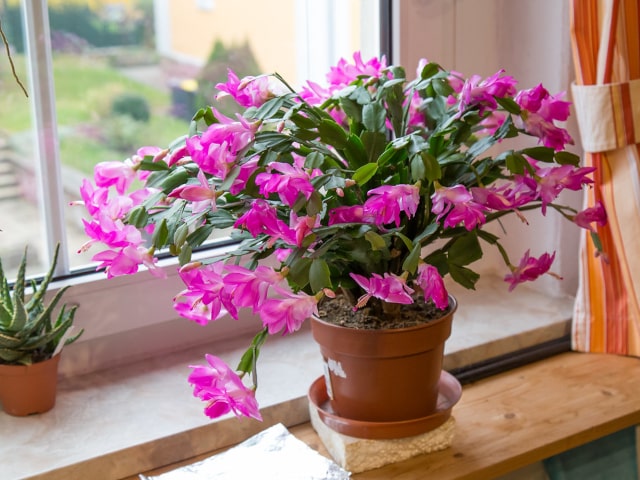
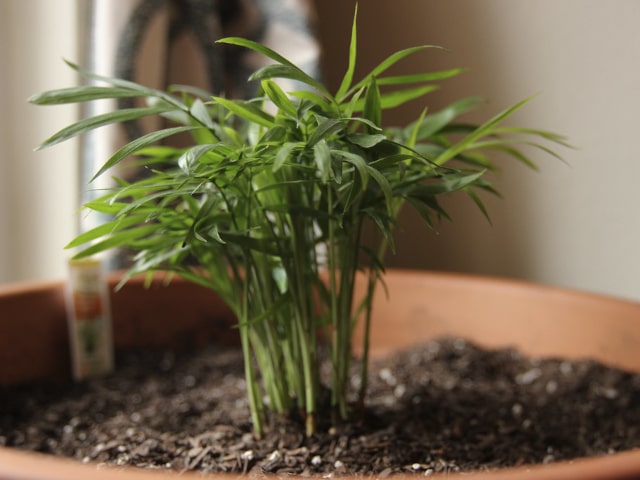
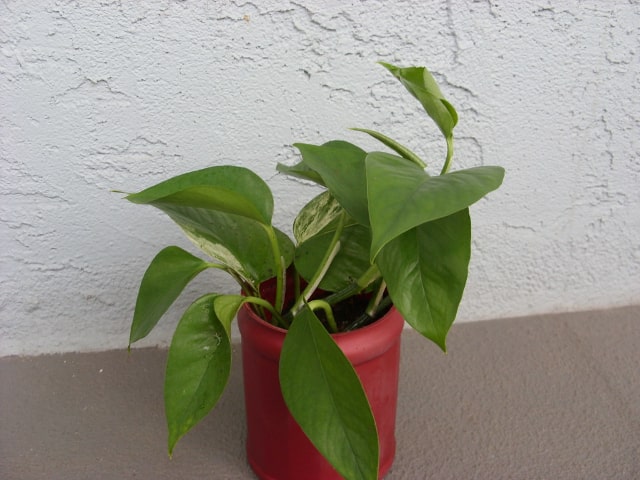
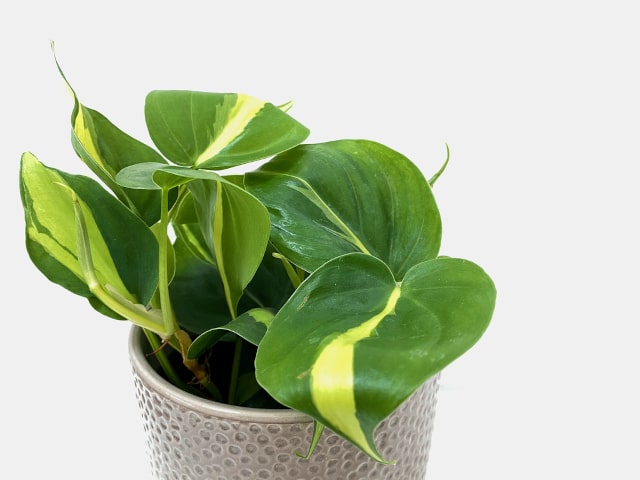
3 Comments
I have a question. What happens if the scion of a grafted cactus starts to grow roots? I tried to separate them and there pretty firmly attached. Thank you.
I just grafted a 2yr old Lophophoria Willimsii to a rooted San Pedro cactus stock. I aligned the vascular rings with each other, tho slightly offset. I took a tiny dab of elmers glue and put it around the outer edges of the grafting. Then I took a thin rubber band and stretched it from a cactus thorn up and over the loph grafting, which placed a slight pressure over it to hold it down. I wish now I hadn't used the glue but I've been told it won't hurt anything, elmers glue is nor toxic to humans or cacti.
The theory is that the fast growing San Pedro root stock will flood the loph with water and nutrients and it'll grow much faster than by itself. Once it's at full size i will cut it off and root it on its own. L ophs ( peyote) grow really REALLY slow, upon grafting they grow approximately 4 times faster but must be re rooted later on for a year for the alkaloids to accumulate to its highest potential, if one desires to consume one. I don't, they are for my collection only.
Hopefully the graft takes. I left the root stock rooted, don t see the need to cut it off it's roots and replant and graft, I keep it rooted the whole time so the loph gets ample water up thru the roots and up the vascular rings into the grafted peyote button. Wish me luck!
The stock will be planted on soil, right? So do you put something like root growing medicines to make it grow?
Thanks